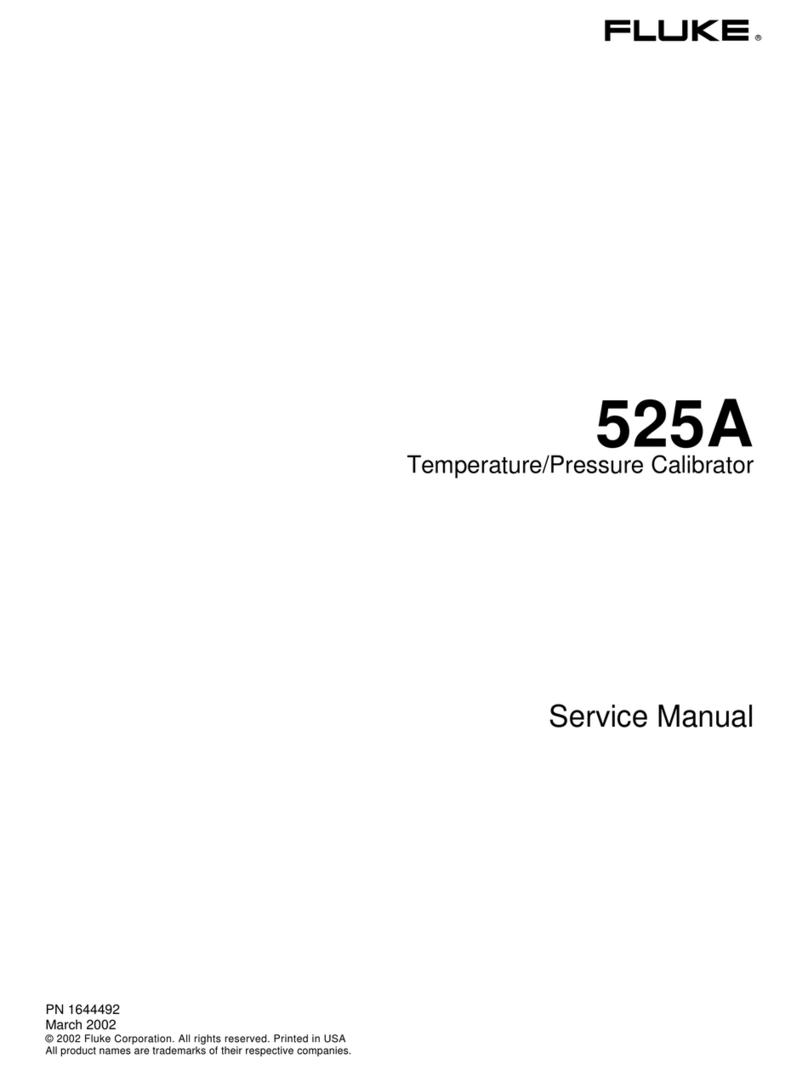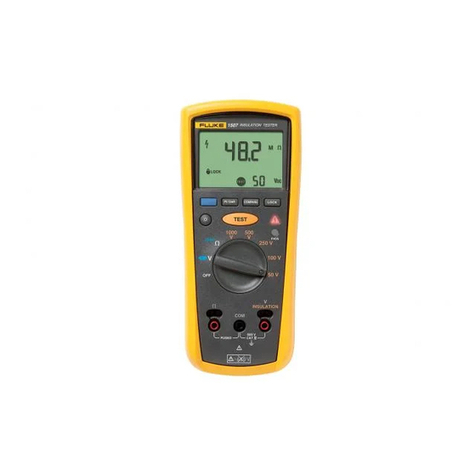Fluke 701 User manual
Other Fluke Test Equipment manuals
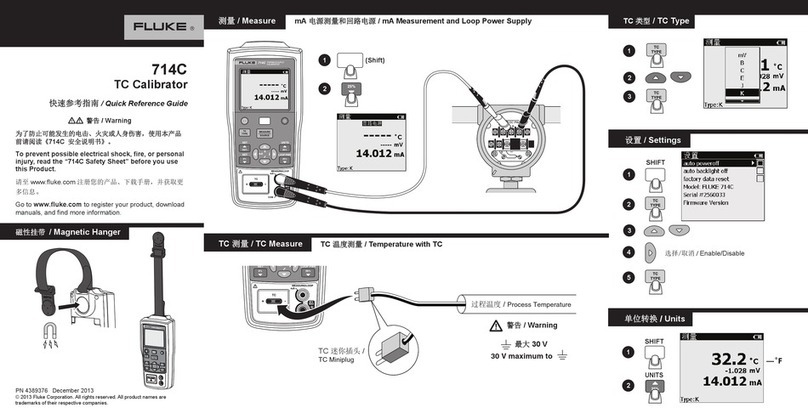
Fluke
Fluke 714C User manual
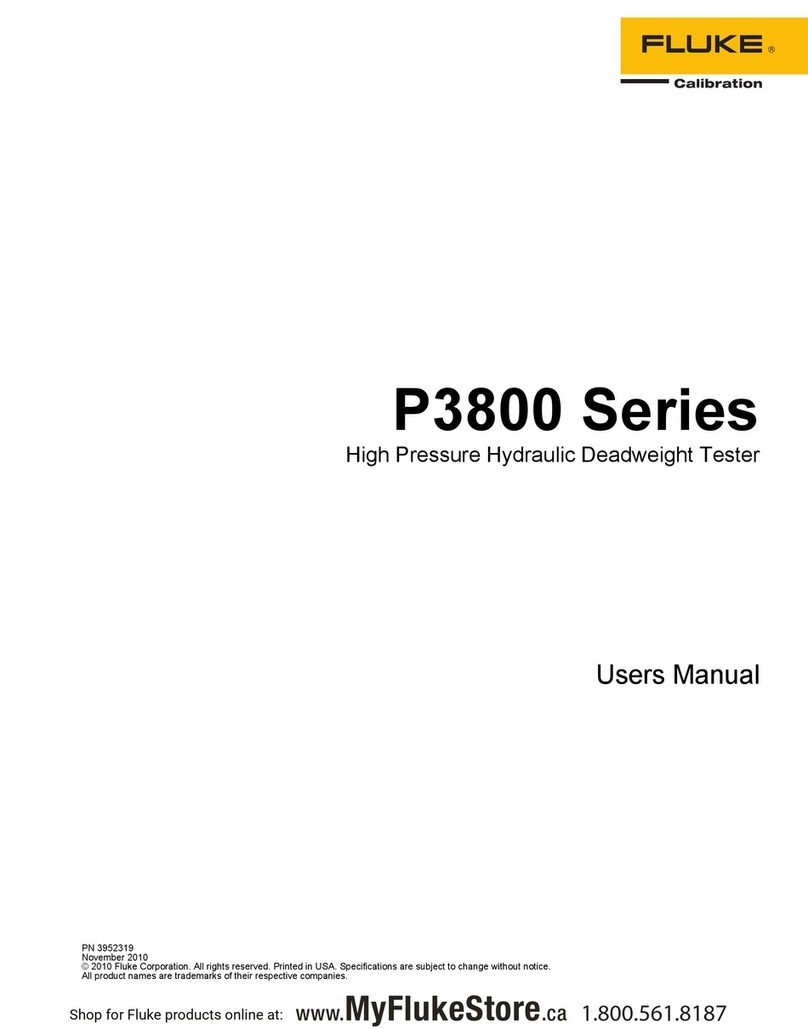
Fluke
Fluke P3860-MPA User manual
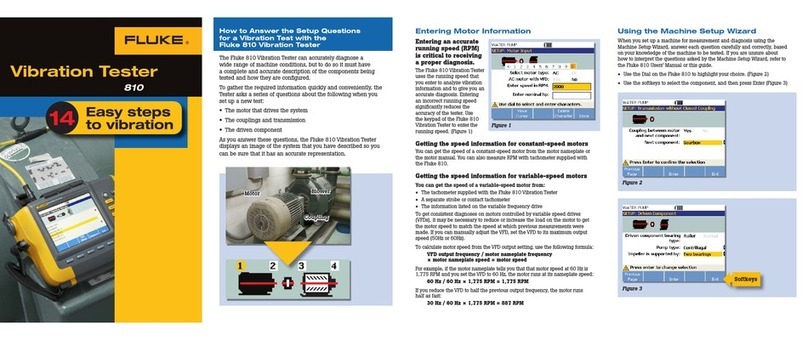
Fluke
Fluke 810 User manual

Fluke
Fluke 7526A-156 Use and care manual
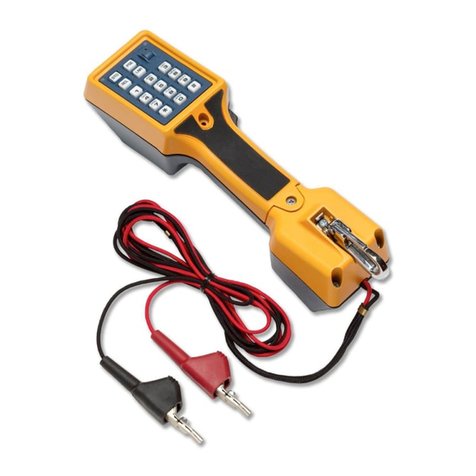
Fluke
Fluke TS22 User manual
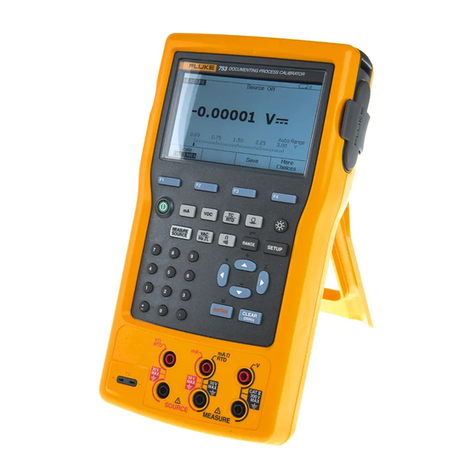
Fluke
Fluke 753 Use and care manual
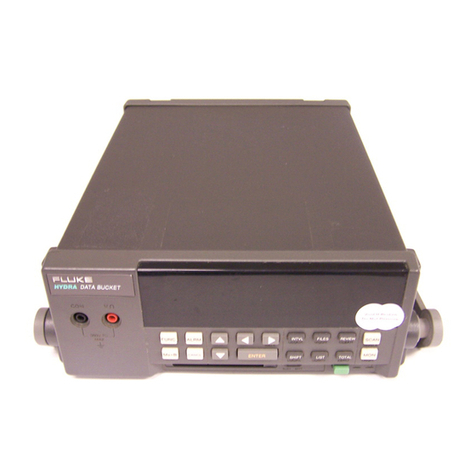
Fluke
Fluke Hydra Series II User manual

Fluke
Fluke 5080A/SC User manual

Fluke
Fluke Versiv User manual
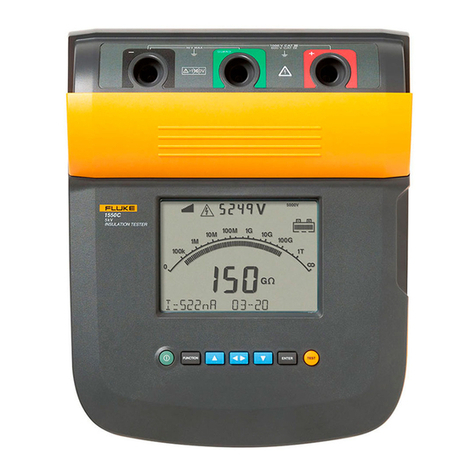
Fluke
Fluke 1550C Use and care manual

Fluke
Fluke 712B User manual
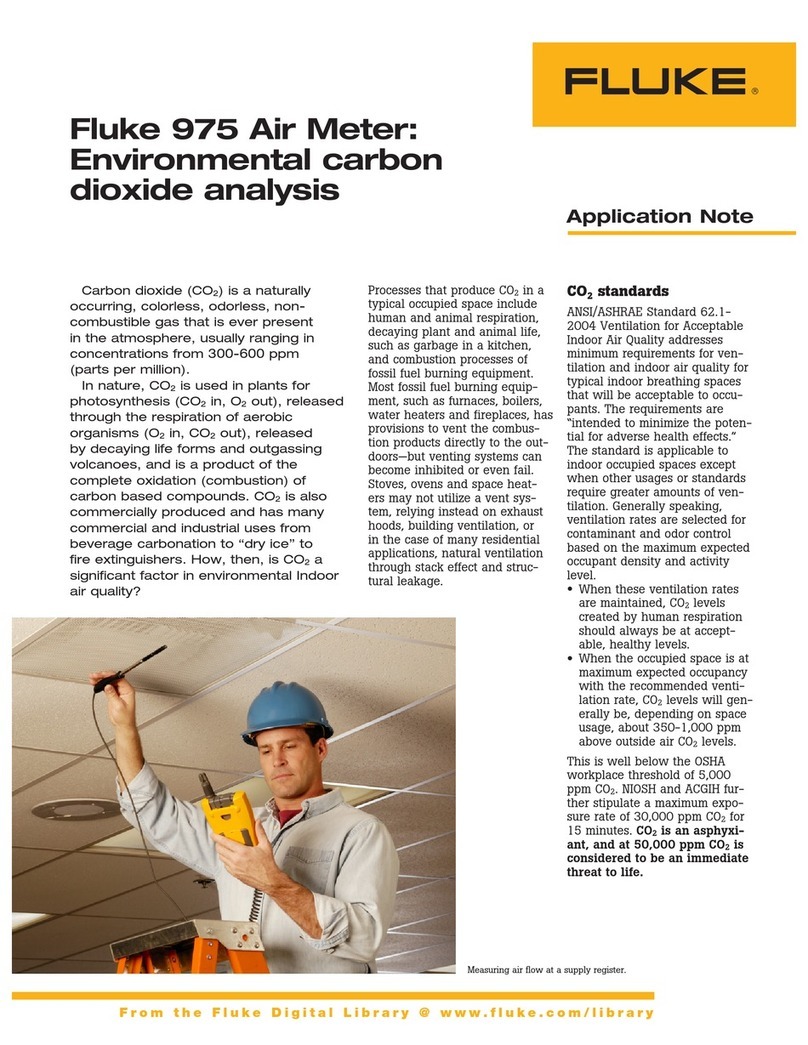
Fluke
Fluke 975 AirMeter Installation and operating instructions
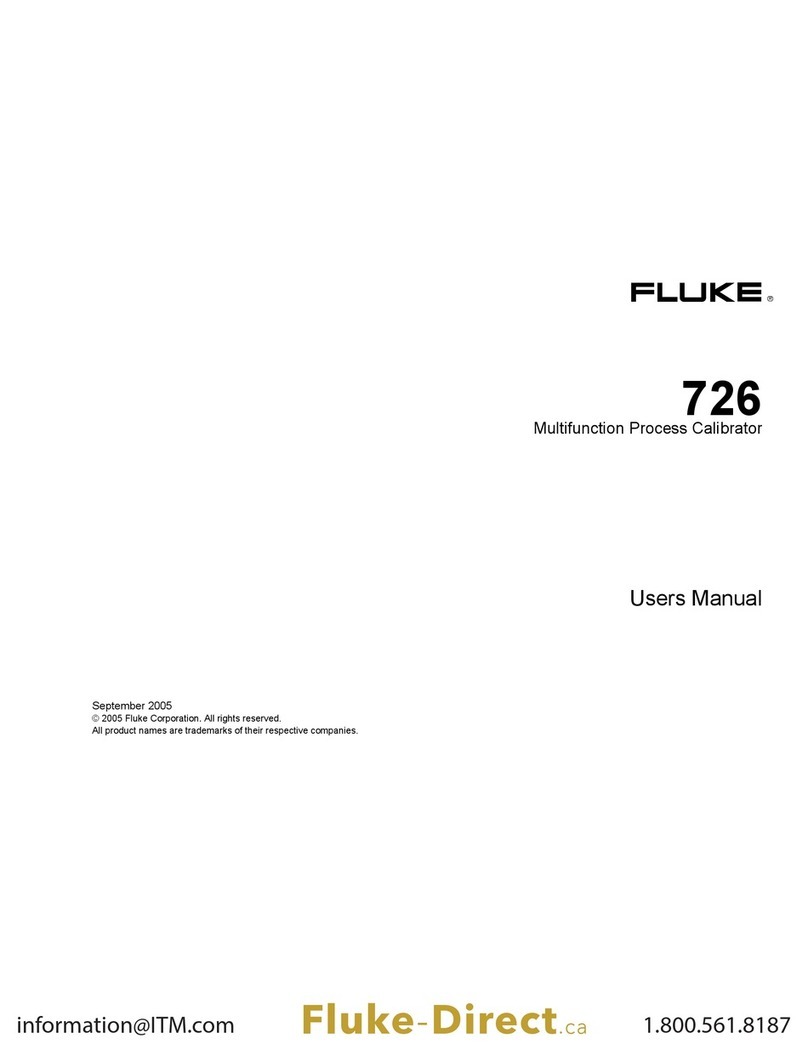
Fluke
Fluke 726/FPC User manual
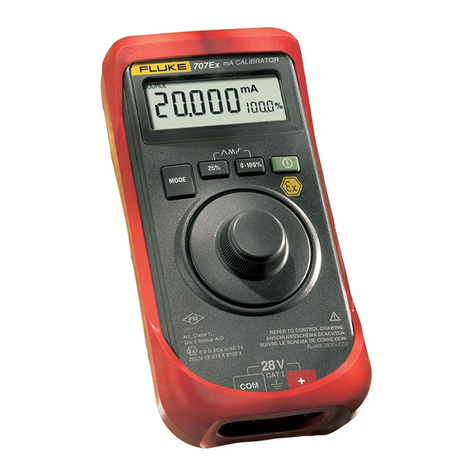
Fluke
Fluke 707Ex Use and care manual

Fluke
Fluke 5730A Use and care manual
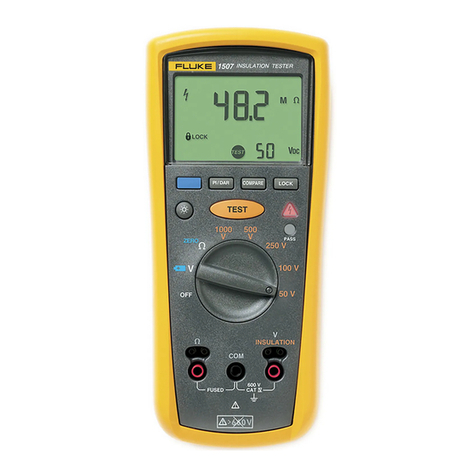
Fluke
Fluke 1507 User manual

Fluke
Fluke PRV240FS User manual
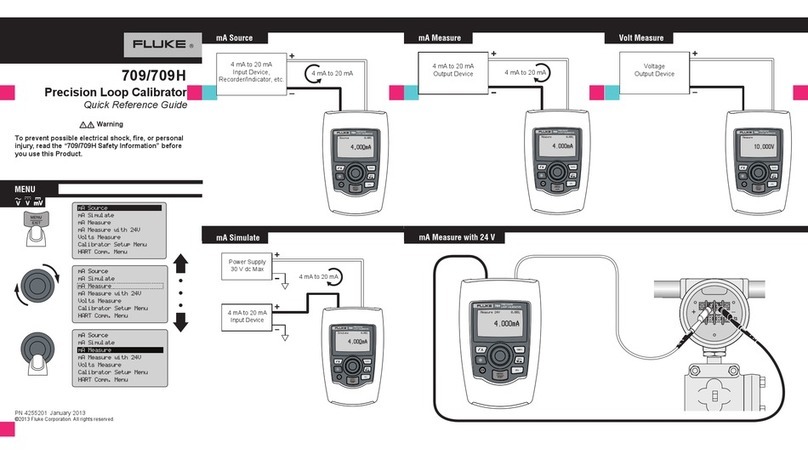
Fluke
Fluke 709 User manual

Fluke
Fluke T5-1000 Technical manual

Fluke
Fluke 707 User manual
Popular Test Equipment manuals by other brands

Redtech
Redtech TRAILERteck T05 user manual

Venmar
Venmar AVS Constructo 1.0 HRV user guide

Test Instrument Solutions
Test Instrument Solutions SafetyPAT operating manual

Hanna Instruments
Hanna Instruments HI 38078 instruction manual

Kistler
Kistler 5495C Series instruction manual

Waygate Technologies
Waygate Technologies DM5E Basic quick start guide

StoneL
StoneL DeviceNet CK464002A manual

Seica
Seica RAPID 220 Site preparation guide

Kingfisher
Kingfisher KI7400 Series Training manual

Kurth Electronic
Kurth Electronic CCTS-03 operating manual

SMART
SMART KANAAD SBT XTREME 3G Series user manual

Agilent Technologies
Agilent Technologies BERT Serial Getting started
